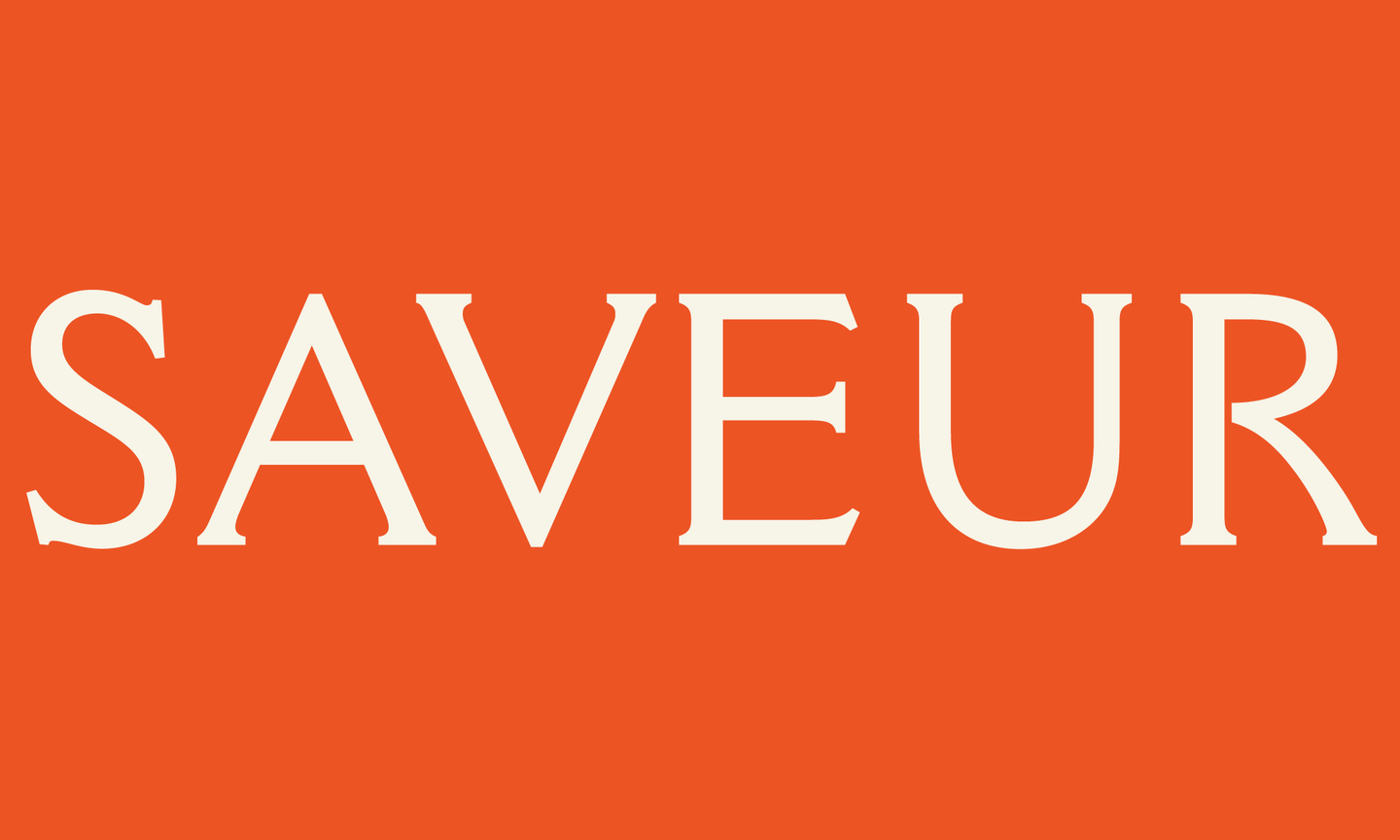
Do You Have a Copper Pot Dealer?
Mac Kohler, the founder of Brooklyn Copper Cookware, on his personal philosophy of the handmade
"We make a really simple tool here: something that’s been made the same way for centuries, that our culture somehow got away from in the last hundred years. People my age and my parents’ age were pioneers in eliminating what we called household drudgery—everybody worked very diligently on this spurious dream of leisure by creating a disposable world. In the process, we disengaged from many of the tools that, in the case of cooking, we use to sustain ourselves.
When you’re using good tools—the real deal—and you get the results you’re aiming for, you’re just more present. It’s almost meditative.
Pure metal cookware is a basic and primary technology, predating what we might even consider ‘technology.’ Real copper cookware is reducible to the stuff of the universe, every ingredient in it—the copper, the tin, the iron—they’re all elements in the periodic table. It doesn’t get more organic than that. A copper pot practically defines the essential, unadorned good; it’s the apogee of the expression of a pan.
There’s a lot of itinerant metal fabricating skill utterly underutilized throughout the Midwest—Ohio, Indiana, Michigan, Wisconsin. These are people who are proud of the work they do, fabulously skilled—but a little bewildered as to why no one recognizes them for their ability to get things done, for these rare skills. We’ve got a soft metal fabricator in Ohio who spins our pan bodies. The handles come in from about an hour away in Indiana, from one of the very few ductile iron foundries that will do short-run small castings.
The rivets, in the meantime, are coming from a little rivet foundry in the back of a volunteer firehouse in central Wisconsin, where these guys do what they do because their farmwork is seasonal. When they’re not planting, harvesting, hunting or fishing, they’re making copper rivets, mostly for leatherworkers, but now and again a few thousand for us. We send the pan assemblies to a hand-tinner up the road from our spinner, where they pickle them in acid, wipe the tin in, polish the finished piece, and put it in a box to send to the person who ordered it.
A lot of copper pots are stamped on giant presses these days, but we spin our pots. It’s very much like spinning something on a pottery wheel. You’re drawing the sides up, coaxing the crystalline structure to toughen it and give it rigidity. We don’t form our cookware this way just because we like the hand-making mystique—we spin copper because it makes a much better, tougher, harder pot. And we can afford to do everything by hand because we sell it direct. That allows us to play this game. We’d have to charge twice as much if we went through retail stores.
Before I made copper pans, I studied philosophy. I worked for nonprofits and had jobs that were just looking at numbers on a screen. But this is actual. I get up in the morning and engage with it. At the end of the day when I’m making dinner I can say I made this, the tool itself, and now I’m going to be feeding myself out of it. Never mind making them, but just using basic tools—that’s a powerfully persuasive but mostly alien notion these days.
There’s something about actual things, about the act of taking a lumpen, nondescript, amorphous pile of raw material and fabricating something useful out of it. We all know there’s this general malaise spread across the land, and I think there’s an answer somewhere in all this, in making things ourselves. Maybe it’s as simple as making dinner.
Keep Reading
Continue to Next Story










